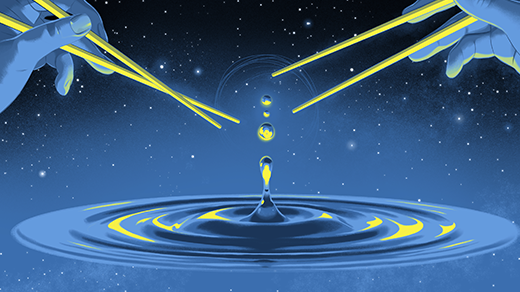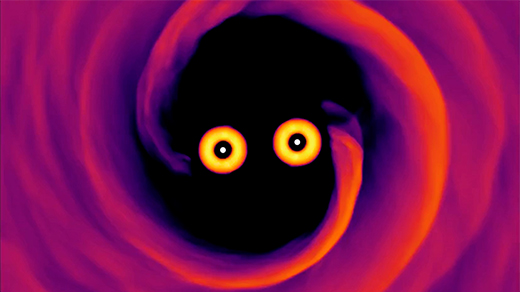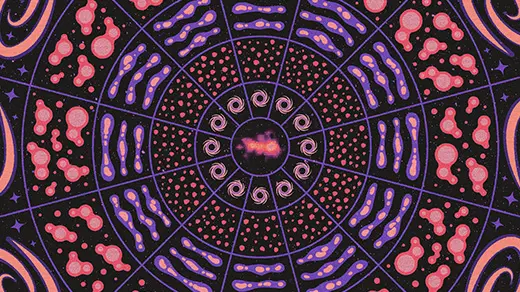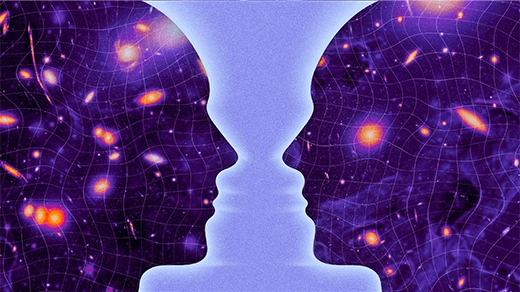What's up in
Physics
Latest Articles
It Might Be Possible to Detect Gravitons After All
A new experimental proposal suggests detecting a particle of gravity is far easier than anyone imagined. Now physicists are debating what it would really prove.
How Do Merging Supermassive Black Holes Pass the Final Parsec?
The giant holes in galaxies’ centers shouldn’t be able to merge, yet merge they do. Scientists suggest that an unusual form of dark matter may be the solution.
The ‘Beautiful Confusion’ of the First Billion Years Comes Into View
Astronomers are reveling in the James Webb Space Telescope’s discoveries about the formative epoch of cosmic history.
Can Space-Time Be Saved?
Curious connections between physics and math suggest to Latham Boyle that space-time may survive the jump to the next theory of reality.
Physicists Reveal a Quantum Geometry That Exists Outside of Space and Time
A decade after the discovery of the “amplituhedron,” physicists have excavated more of the timeless geometry underlying the standard picture of how particles move.
If the Universe Is a Hologram, This Long-Forgotten Math Could Decode It
A 1930s-era breakthrough is helping physicists understand how quantum threads could weave together into a holographic space-time fabric.
The #1 Clue to Quantum Gravity Sits on the Surfaces of Black Holes
A black hole formula worked out in the 1970s remains the most concrete clue physicists have about the threads of the space-time fabric.
The Two Faces of Space-Time
A mysterious phenomenon known as duality often leads to new discoveries in physics. This time, space-time itself can sometimes be two things at once.
The Logic That Must Lie Behind a New Physics
The philosopher Karen Crowther digs into how the space-time fabric could possibly emerge from something non-spatiotemporal.








